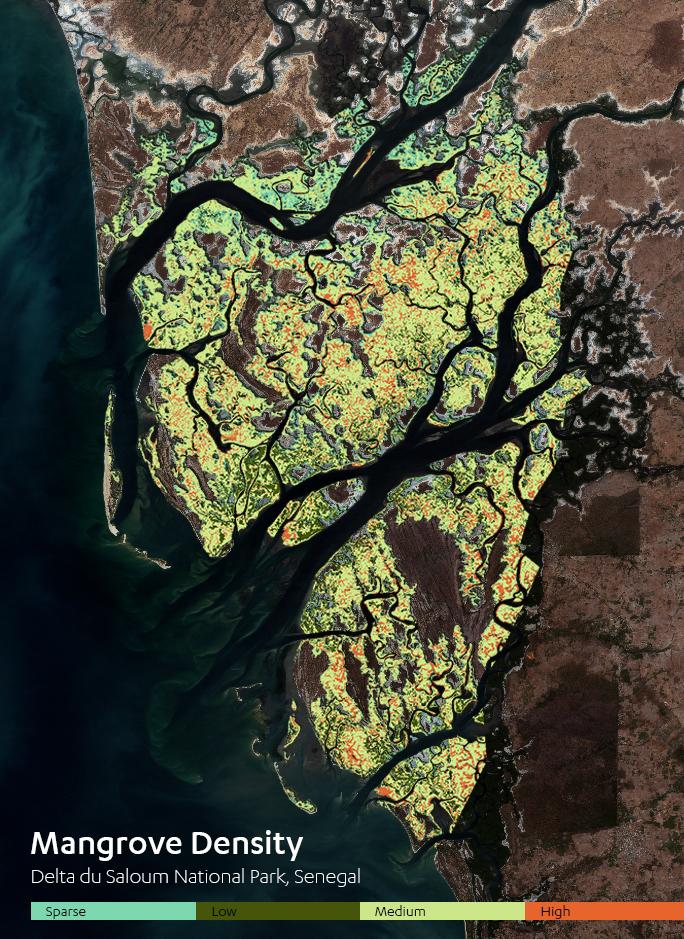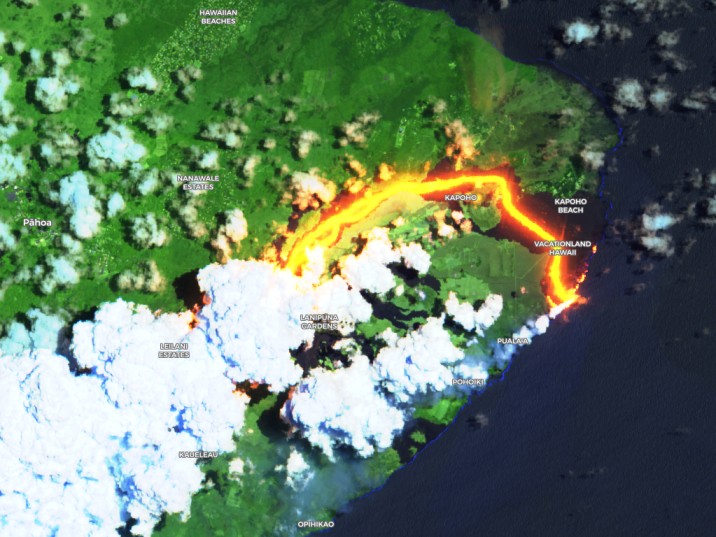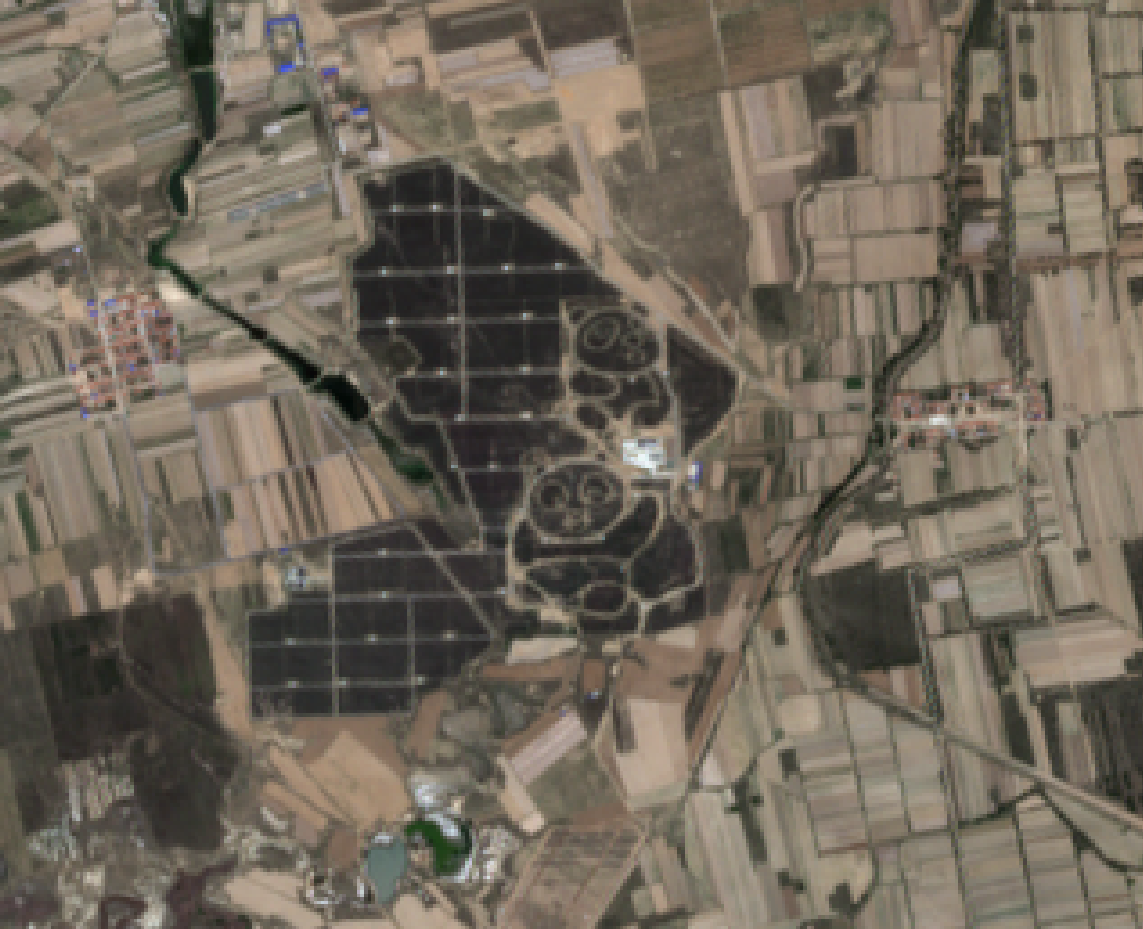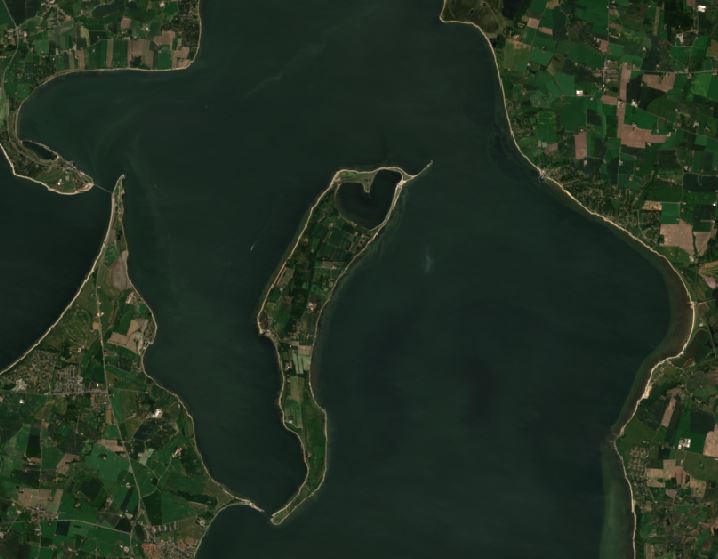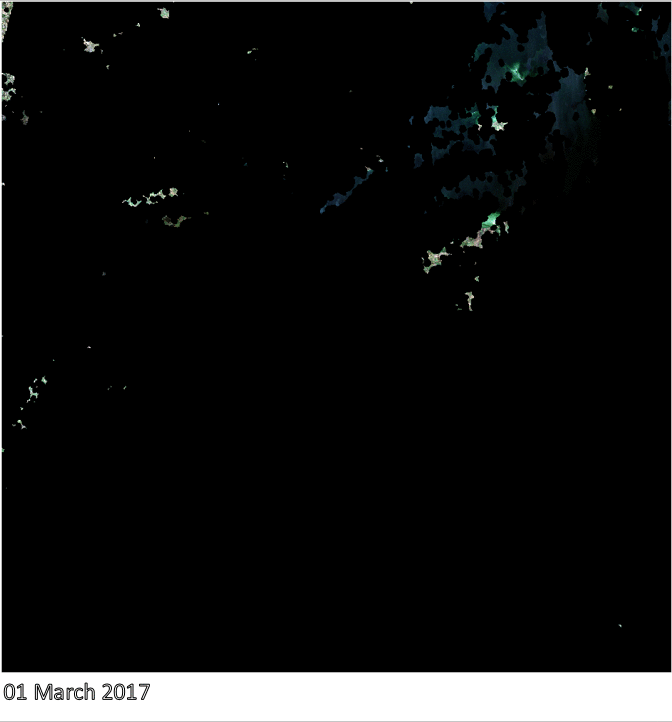Hydroelectric dam in southeast Laos collapses:
27 July 2018
Thousands affected after the collapse of the Xepian-Xe Nam Noy hydroelectric dam in southeast Laos. The billion-dollar hydropower project was still under construction when the breach occurred Monday evening local time, unleashing approximately 5 billion cubic meters of water onto the surrounding countryside, with many living close to the river system that feeds into the failed dam.
Laos aims to become the “battery of Asia” by selling power to neighbouring countries through a series of hydropower projects and plans to be operating 100 plants by 2020.
Sentinel-1 RADAR imagery has captured the dam on the 13th and 25th of July, showing the state of the area before and after the dam collapsed. The resulting flood is illustrated in blue and the empty reservoir in orange.
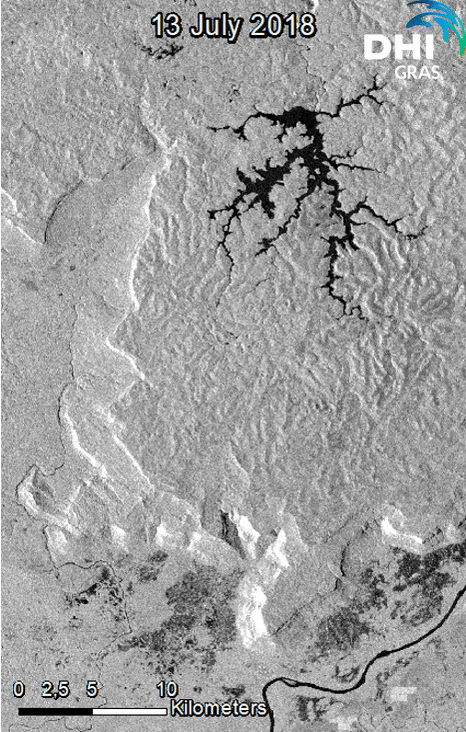
EOatDHI part of the DHI GROUP
gras@dhigroup.com
+45 4516 9100
Agern Alle 5,
2970 Hørsholm,
Denmark
CVR: 36466871



